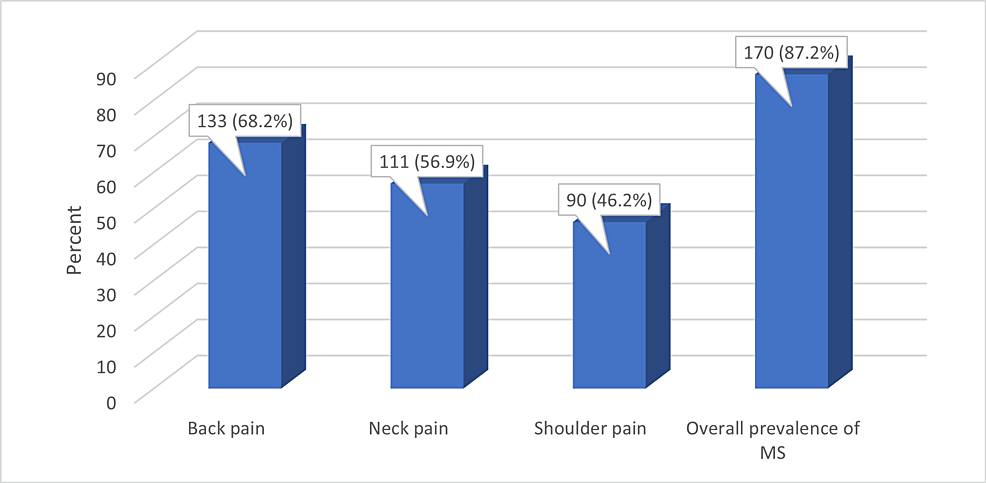Physiotherapy for shoulder pain

BOOK AN APPOINTMENT
Introduction
Shoulder pain is a common problem which can have severe impact on one’s quality of life, ranging from mild discomfort to unbearable pain. It could spring from an injury, overuse, or underlying medical conditions, the finding of the way out is the prime need. luckily, physiotherapy provides a non-surgical way that delivers maximum results in treating pain, restoring function, and preventing re-occurrence. In this blog post we will take a closer look at the reasons of shoulder pain, the role of physiotherapy in the treatment, and additionally provide you with relevant statistics.


Causes of Shoulder Pain
Before moving onto the solutions it is important to know the underlying reasons of shoulder pain. The shoulder is a complicated joint characterized by a wide range of motion, thus, susceptible to different injuries and ailments.Some common causes include
Rotator Cuff Injuries: The rotator cuff is made up of muscles and tendons which hold the shoulder joint in place. Injuries as well as tears to these structures can be caused by trauma, repetitive motion or degeneration.
Frozen Shoulder (Adhesive Capsulitis): This condition presents with stiffness and pain in the shoulder joint limiting mobility. It usually develops gradually and may be caused by immobility, injury or underlying health problems.
Tendonitis: Inflammation of the tendons in the shoulder, commonly due to overwork and repetitive strain.
Bursitis: Inflammation of the bursa, the small fluid-filled receptacle which cushions the shoulder joint. It can induce pain and swelling, especially with repeated movements.
Arthritis: Osteoarthritis or rheumatoid arthritis, can affect the shoulder joint resulting in pain, stiffness, and limited range of motion.
The Role of Physiotherapy
Physiotherapy plays a crucial role in managing shoulder pain by addressing its underlying causes, improving range of motion, and strengthening the surrounding muscles. Here’s how physiotherapy can help:
Pain Management: Physiotherapists employ various techniques, such as manual therapy, heat or cold therapy, and ultrasound, to alleviate pain and inflammation.
Range of Motion Exercises: Through targeted exercises and stretches, physiotherapy aims to restore flexibility and mobility to the shoulder joint.
Strengthening Exercises: Weakness in the muscles surrounding the shoulder joint can contribute to pain and instability. Physiotherapists prescribe specific exercises to strengthen these muscles, improving joint stability and function.
Posture Correction: Poor posture can exacerbate shoulder pain. Physiotherapy addresses posture issues through education and exercises to promote proper alignment and reduce strain on the shoulder joint.
Functional Training: Physiotherapists focus on improving functional abilities, such as reaching, lifting, and carrying objects, to enhance overall shoulder function and prevent future injuries.

Statistics on Shoulder Pain and Physiotherapy
We are going to have a look at the statistics which reveal the frequency of shoulder pain and the performance of physiotherapy in its treatment
– The American Academy of Orthopaedic Surgeons stated that 16% of all musculoskeletal complaint are coming from the shoulder pain.
– A study in Journal of Orthopaedic and Sports Physical Therapy reported that physiotherapy intervention including manual therapy and exercise produced significant pain relief and functional improvements in rotator cuff tendinopathy patients.
– Research published in Journal of Shoulder and Elbow Surgery showed that the physiotherapy was as effective as arthroscopic surgery in management of patients with
rotator cuff tear. The outcome of the study in both the group was same where they showed similar improvements in pain and function.

Conclusion
Shoulder pain can highly affect daily activities and quality of life, however physiotherapy is a safe non-invasive approach to its management. Along with identifying the underlying factors, improving shoulder range of motion and strengthening the shoulder muscles, physiotherapy is aimed at restoring function, relieving shoulder pain and preventing re-injuries. If you’re in pain with your shoulder, don’t think twice, get in touch with a physiotherapist for a personalized treatment plan as per you need.
